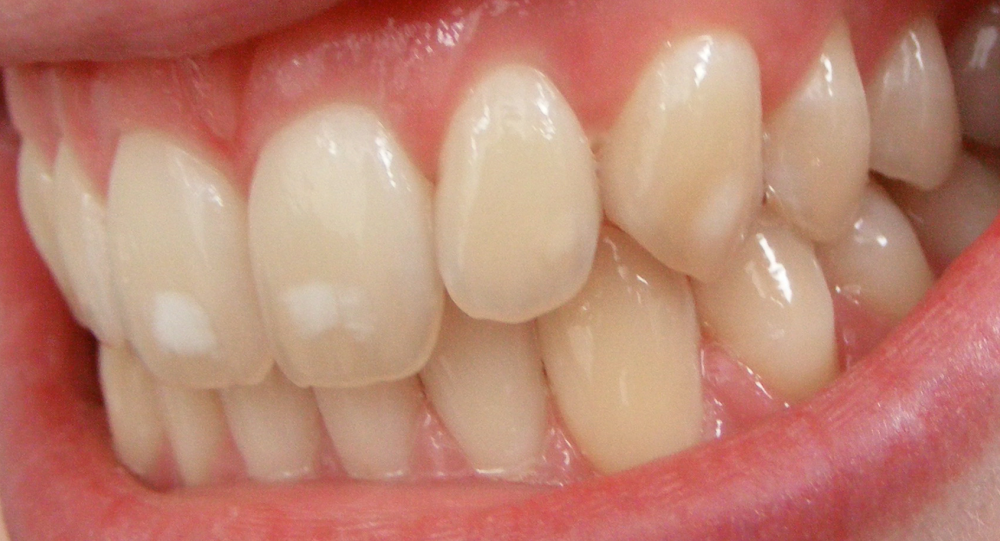
Drs. H. Trendley Dean and Elias Elvove started work on the mystery of “mottled enamel” — later called fluorosis
In 1931, H. Trendley Dean and Elias Elvove started work on the mystery of “mottled enamel” — later called fluorosis. During the next 10 years, aided by Frank McClure and Francis Arnold, they laid the basis for the controlled use of fluoride to prevent cavities.
Mottled enamel was identified in 1901 by Frederick McKay shortly after he opened a dental practice in Colorado Springs, Colorado, where he was astounded to find scores of residents with brown stains on their teeth, known as the Colorado Brown Stain.
The answer came when McKay and Dr. Grover Kempf of the U.S. Public Health Service (PHS) traveled to Bauxite, Arkansas owned by ALCOA. They discovered that mottled enamel disorder was prevalent among the children of Bauxite, but nonexistent in another town only five miles away
They published a report that reached the desk of ALCOA’s chief chemist, H. V. Churchill who conducted his own test using photospectrographic analysis. Churchill’s test reported the town’s water had high levels of fluoride.
Shortly after this discovery, Dr. H. Trendley Dean, the architect of the first fluoride studies, set out across the country to compare fluoride levels in drinking water. Dean and his staff discovered that fluoride levels of up to 1.0 ppm in drinking water did not cause enamel fluorosis in most people and only mild enamel fluorosis in a small percentage of people.
Tags:
Source: U.S. National Library of Medicine
Credit:
